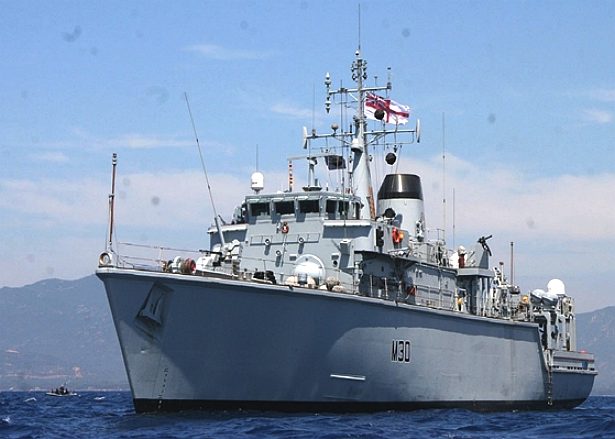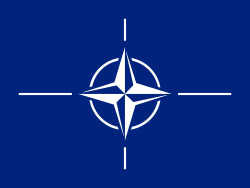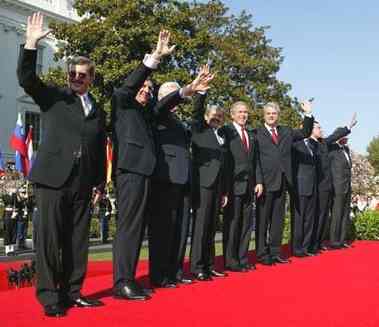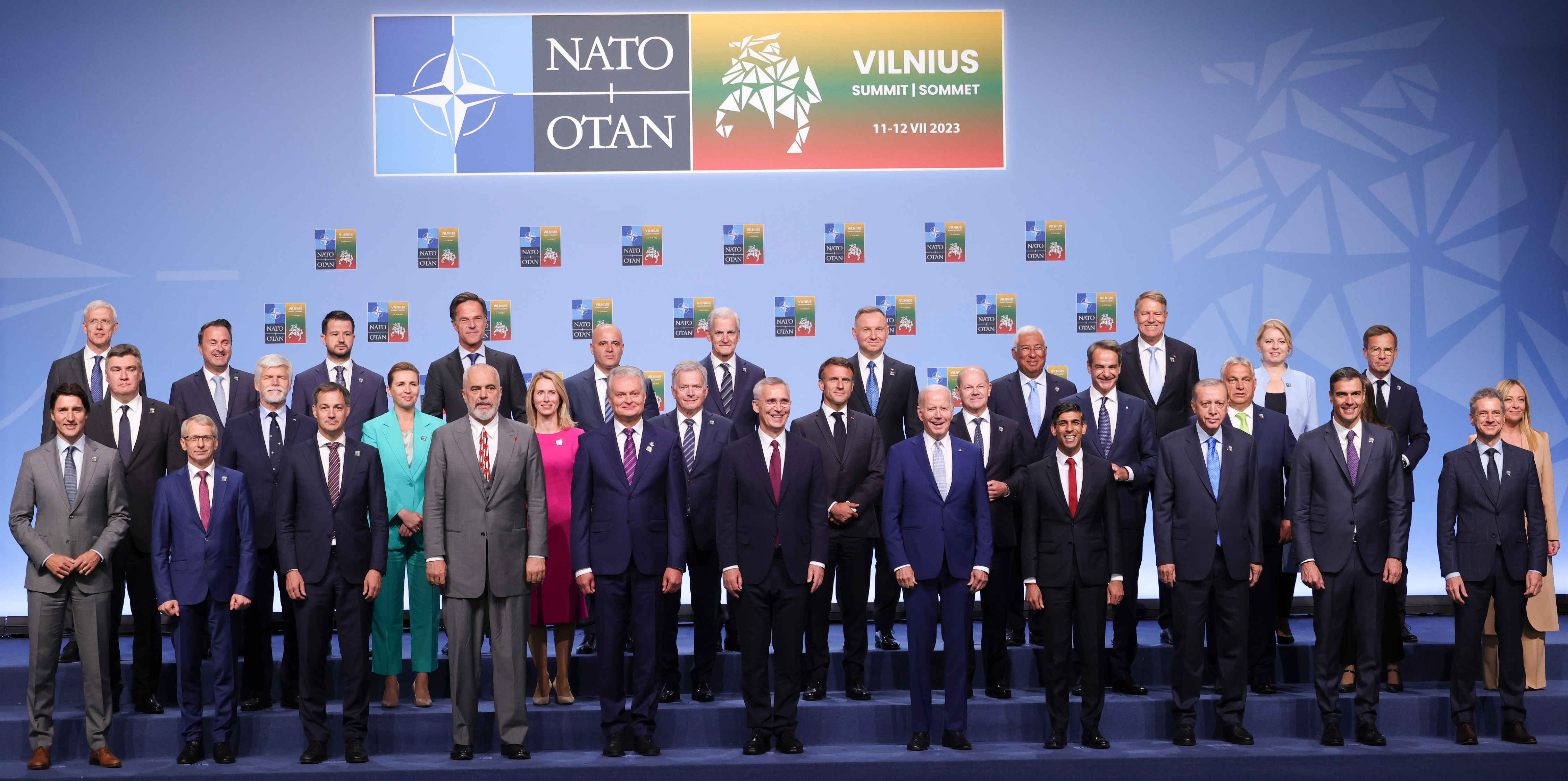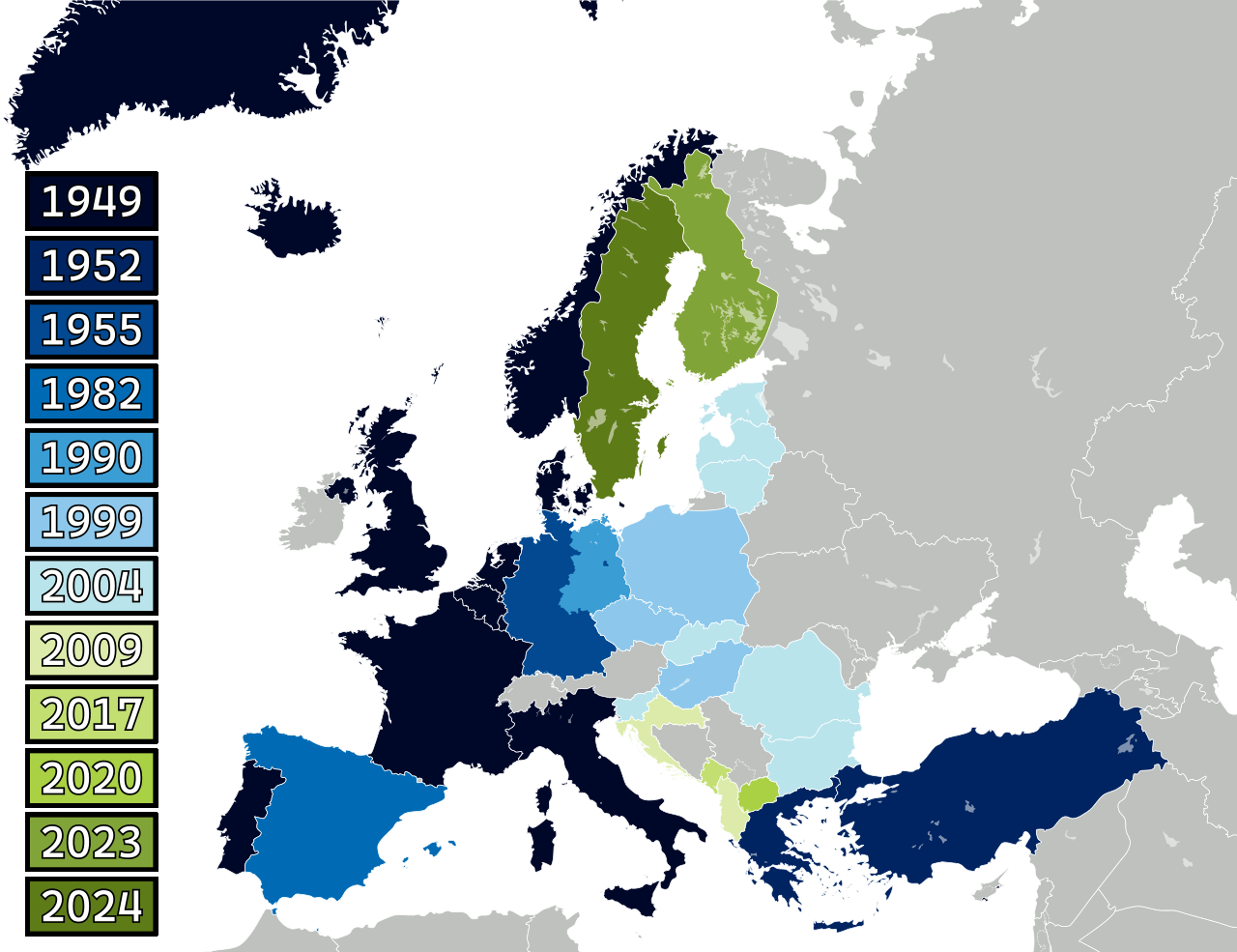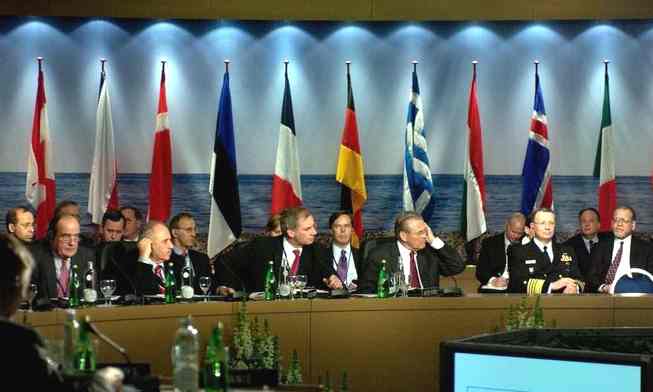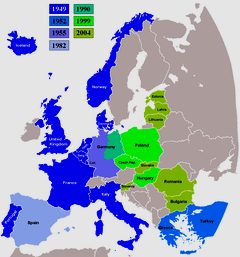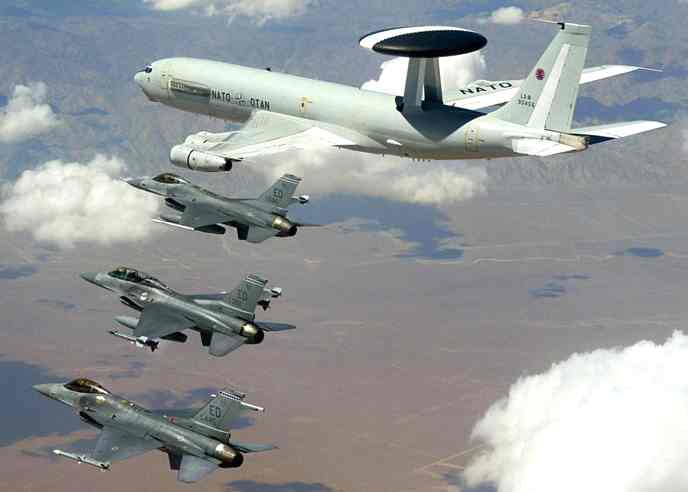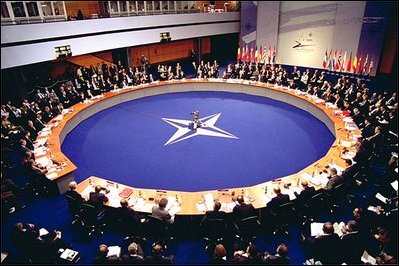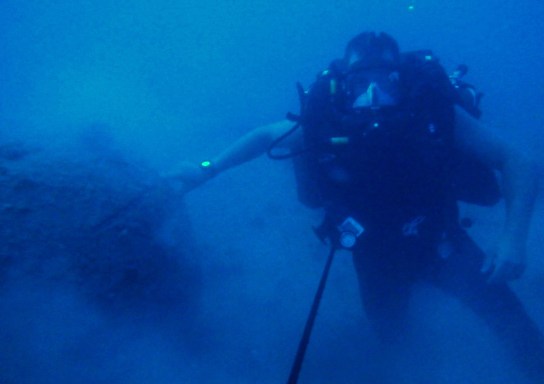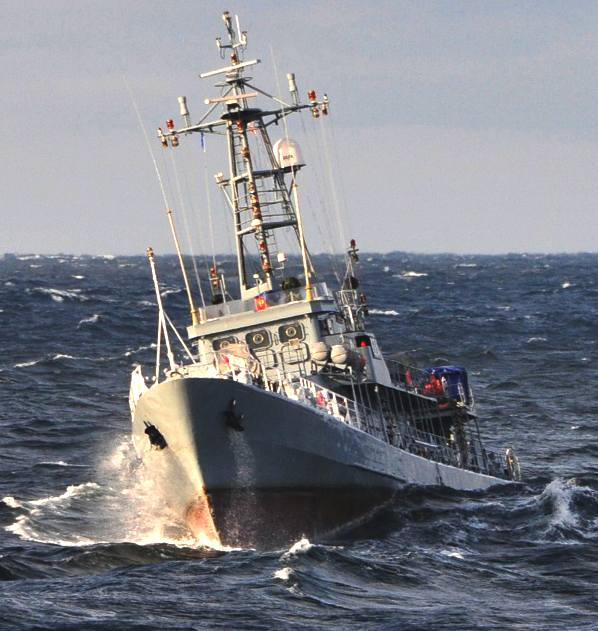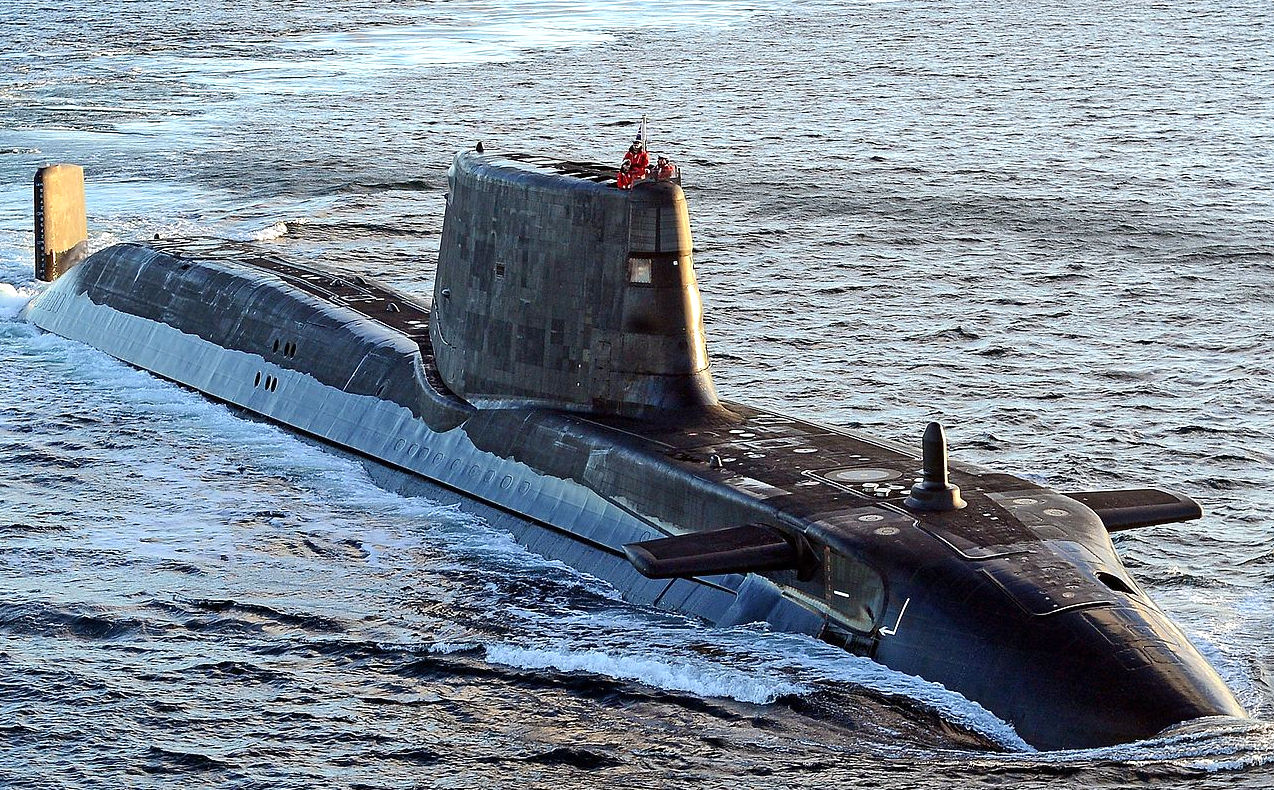|
NATO - NORTH ATLANTIC TREATY ORGANIZATION
SEE OUR WWIII SURVIVAL GUIDE OR RETURN TO BASE
|
|||||||||||||||||||
|
|
|||||||||||||||||||
|
NATO 26 APRIL 2024
THE BRITISH ROYAL NAVY
At present, and in terms of NATO requirements, the British Royal Navy is under funded, and unprepared. The situation in Ukraine, with Russia knocking at the door of other European countries, with the backing of the CRINKs (China, Russia, Iran & North Korea), represents a diabolical lack of judgment on the part of the United Kingdom and the European Union. They virtually opened the door and invited Vladimir Putin in. Saying here, take it, we don't have the army or navy to stop you. Where China was saying the same thing. Xi Jinping was backing Russia, along with Iran and North Korea. Knowing that 'INK' of CRINK would be supplying armaments, in sufficient quantities to exhaust those of NATO. Hardly surprising that Donald Trump was vocal about NATO not honoring their commitments. The good news being that Joe Biden, and the US Senate is more practical.
If it was not for the guts of Volodymyr Zelenskyy, Russia would be knocking on the door of Norway and Poland by now. In more of his series of Special Operations. And if not prevented, he will not stop. So three cheers for Ukraine, having the wherewithal to stand up to the communist bullies. It's as if the Cold War had never ceased. For indeed, the free democratic world were rather foolishly duped by the Adolf Hitler like, CRINK dictators.
We have been entering a new era of warfare, where drones rule the skies, and will almost assuredly rule the waves, in any World War Three scenario. Typically, the UK and other NATO allies are unprepared, standing beside their extremely vulnerable ocean going tanks. Where Russian tanks in Ukraine are being wiped out by lost cost drones. The same methods are sure to be operated on the high seas to take out aircraft carriers, destroyers and submarines. First proposed before 2012, by a British inventor, and roundly dismissed by MOD contractors who were more concerned about preserving their monopoly. Hence, little or no development has taken place. Despite the fact the technology exists. And war is looming large.
HMS Ledbury, Royal Navy mine hunter, Sardinia, NATO countermeasures
The North Atlantic Treaty Organisation (NATO), also called the North Atlantic Alliance, the Atlantic Alliance or the Western Alliance, is an international organisation for collective security established in 1949, in support of the North Atlantic Treaty signed in Washington, DC, on 4 April 1949. Its headquarters are located in Brussels, Belgium. Its other official name is the French equivalent, l'Organisation du Traité de l'Atlantique Nord (OTAN).
PURPOSE
The core of NATO is Article V of the NATO Treaty, which states:
The Treaty cautiously avoids reference both to the identification of an enemy and to any concrete measures of common defense. Nevertheless, it was intended so that if the USSR and its allies launched an attack against any of the NATO members, it would be treated as if it was an attack on all member states. This marked a significant change for the United States, which traditionally harboured strong isolationist groups across parties in Congress. However, the feared invasion of Western Europe never came. Instead, the provision was invoked for the first time in the treaty's history on 12 September 2001, in response to the September 11 attacks on the United States the day before.
HISTORY
The Treaty of Brussels, signed on 17 March 1948 by Belgium, the Netherlands, Luxembourg, France, and the United Kingdom, is considered the precursor to the NATO agreement. This treaty established a military alliance, later to become the Western European Union. However, American participation was thought necessary in order to counter the military power of the Soviet Union, and therefore talks for a new military alliance began almost immediately.
These talks resulted in the North Atlantic Treaty, which was signed in Washington, DC on 4 April 1949. It included the five Treaty of Brussels states, United States, Canada, Portugal, Italy, Norway, Denmark and Iceland. Three years later, on 18 February 1952, Greece and Turkey also joined.
The incorporation of West Germany into the organisation on 9 May 1955 was described as "a decisive turning point in the history of our continent" by Halvard Lange, Foreign Minister of Norway at the time. Indeed, one of its immediate results was the creation of the Warsaw Pact, signed on 14 May 1955 by the Soviet Union and its satellite states as a formal response to this event, firmly establishing the two opposing sides of the Cold War.
U.S. President, NATO Secretary General, and the Prime Ministers of Latvia, Slovenia, Lithuania, Slovakia, Romania, Bulgaria, and Estonia after a South Lawn ceremony welcoming them into NATO on 29 March 2004
EARLY COLD WAR - CRISIS WITH FRANCE
The unity of NATO was breached early on in its history, with a crisis occurring during Charles de Gaulle's presidency of France from 1958 onwards. De Gaulle protested the United States' hegemonical role in the organization and protested what he perceived as a special relationship between the United States and Great Britain. In a memorandum he sent on 17 September 1958 to President Eisenhower and Prime Minister Harold Macmillan, he argued for the creation of a tripartite Directorate that would put France on an equal footing with the United States and the United Kingdom, and also for the expansion of NATO's coverage to include geographical areas of interest to France.
Considering the response he was given unsatisfactory, De Gaulle started pursuing an independent defense for his country. France's Mediterranean fleet was withdrawn from NATO command in 11 March 1959. An independent nuclear programme was also pursued: In June 1959, De Gaulle banned the stationing of foreign nuclear weapons on French soil, which caused United States to transfer 200 military airplanes out of France; on 13 February 1960 France tested its first nuclear bomb -- a move much criticized among its NATO allies.
Though France showed solidarity with the rest of NATO during the Cuban missile crisis in 1962, de Gaulle continued his pursuit of an independent defense by also removing the Atlantic and Channel fleets of France from NATO command. Finally in 1966 all French armed forces were removed from NATO’s integrated military command and all non-French NATO troops were forced to leave France. This precipitated the relocation of the Supreme Headquarters Allied Powers Europe (SHAPE) from Paris to Brussels by 16 October 1967. France rejoined NATO's military command in 1993.
Détente
During most of the duration of the Cold War, NATO maintained a holding pattern with no actual military engagement as an organisation. On 1 July 1968, the Nuclear Non-Proliferation Treaty opened for signature: NATO argued that its nuclear weapons sharing arrangements did not breach the treaty as US forces controlled the weapons until a decision was made to go to war, at which point the treaty would no longer be controlling. Few states knew of the NATO nuclear sharing arrangements at that time, and they were not challenged.
On 30 May 1978, NATO countries officially defined two complementary aims of the Alliance, to maintain security and pursue détente. This was supposed to mean matching defences at the level rendered necessary by the Warsaw Pact's offensive capabilities without spurring a further arms race.
However, on 12 December 1979, in light of a build-up of Warsaw Pact nuclear capabilities in Europe, ministers approved the deployment of US Cruise and Pershing II theatre nuclear weapons in Europe. The new warheads were also meant to strengthen the western negotiating position in regard to nuclear disarmament. This policy was called the Dual Track policy. Similarly, in 1983–84, responding to the stationing of Warsaw Pact SS-20 medium-range missiles in Europe, NATO deployed modern Pershing II missiles able to reach Moscow within minutes. This action led to peace movement protests throughout Western Europe.
The membership of the organisation in this time period likewise remained largely static, with NATO only gaining one new member in 30 May 1982, when newly democratic Spain joined the alliance, following a referendum. Greece also in 1974 withdrew its forces from NATO’s military command structure, as a result of Greco-Turkish tensions following the 1974 Cyprus dispute; Greek forces were however readmitted in 1980.
In November 1983, a NATO manoeuvre code-named Able Archer 83, which simulated a NATO nuclear release, caused panic in the Kremlin. Soviet leadership, led by ailing General Secretary Yuri Andropov became concerned that US President Ronald Reagan may have been intending to launch a genuine first strike. In response, Soviet nuclear forces were readied and air units in Eastern Germany and Poland were placed on alert. Though at the time written off by US intelligence as a propaganda effort, many historians now believe Soviet fear of a NATO first strike was genuine.
POST COLD WAR
The end of the Cold War, the dissolution of the Warsaw Pact in 1991, removed the de facto main adversary of NATO. This caused a strategic re-evalution of NATO's purpose, nature and tasks. In practice this ended up entailing a gradual (and still ongoing) expansion of NATO to Eastern Europe, as well as the extension of its activities to areas not formerly concerning it.
The first post-Cold War expansion of NATO came with the reunification of Germany on 3 October 1990, when the former East Germany became part of the Federal Republic of Germany and the alliance. This had been agreed in the Two Plus Four Treaty earlier in the year. To secure Soviet approval of a united Germany remaining in NATO, it was agreed that foreign troops and nuclear weapons will not be stationed in the east.
On 28 February 1994, NATO also takes its first military action, shooting down four Bosnian Serb aircraft violating a UN no-fly zone over central Bosnia and Herzegovina. NATO air strikes the following year help bring the war in Bosnia to an end, resulting in the Dayton Agreement.
Between 1994 and 1997, wider forums for regional cooperation between NATO and its neighbours are set up, like the Partnership for Peace, the Mediterranean Dialogue initiative and the Euro-Atlantic Partnership Council. On 8 July 1997, three former communist countries, Hungary, the Czech Republic, and Poland, were invited to join NATO, which finally happened in 1999.
On 24 March 1999, NATO saw its first broad-scale military engagement in the Kosovo War, where it waged an 11-week bombing campaign against what was then the Federal Republic of Yugoslavia. The conflict ended on 11 June 1999, when Yugoslavian leader Slobodan Milošević agreed to NATO’s demands by accepting UN resolution 1244. NATO then helped establish the KFOR, a NATO-led force under a United Nations mandate that operates the military mission in Kosovo.
Debate concerning NATO's role and the concerns of the wider international community continued throughout its expanded military activities: The United States opposed efforts to require the UN Security Council to approve NATO military strikes, such as the ongoing action against Yugoslavia, while France and other NATO countries claimed the alliance needed UN approval. American officials said that this would undermine the authority of the alliance, and they noted that Russia and China would have exercised their Security Council vetoes to block the strike on Yugoslavia. In April 1999, at the Washington summit, a German proposal that NATO adopts a no-first-use nuclear strategy is rejected.
WORLD TRADE CENTER - NEW YORK 9/11
MEMBERSHIP
NATO has thirty-two members, mostly in Europe with two in North America. Some of these countries also have territory on other continents, which is covered by the security agreements only as far south as the Tropic of Cancer, which together with the Atlantic Ocean defines NATO's "area of responsibility" under Article 6 of the North Atlantic Treaty. During the original treaty negotiations, the United States insisted that colonies such as the Belgian Congo be excluded from the treaty. French Algeria was, however, covered until its independence on 3 July 1962. Twelve of these thirty-two are original members who joined in 1949, while the other twenty joined in one of ten enlargement rounds.
THE ENLARGEMENT OF NATO
NATO Defence Ministerial Conference in Nice 2005
After the September 11th attacks
The expansion of the activities and geographical reach of NATO grew even further as an outcome of the September 11th attacks. These caused as a response the provisional invocation (on September 12) of the collective security of NATO's charter — Article 5 which states that any attack on a member state will be considered an attack against the entire group of members. The invocation is confirmed on 5 October 2001 when NATO determines that the attacks were indeed eligible under the terms of the North Atlantic Treaty.
Despite this early show of solidarity, NATO would face a crisis little more than a year later, when on 10 February 2003, France and Belgium vetoed the procedure of silent approval concerning the timing of protective measures for Turkey in case of a possible war with Iraq. Germany did not use its right to break the procedure but said it supported the veto.
On the issue of Afghanistan on the other hand, the alliance showed greater unity: On 16 April 2003 NATO agreed to take command of the International Security Assistance Force (ISAF) in Afghanistan. The decision came at the request of Germany and the Netherlands, the two nations leading ISAF at the time of the agreement, and all 19 NATO ambassadors approved it unanimously. The handover of control to NATO takes place on 11 August, and marked the first time in NATO’s history that it took charge of a mission outside the north Atlantic area. Canada had originally been slated to take over ISAF by itself on that date.
New NATO structures are also formed while old ones are abolished: The NATO Response Force (NRF) is launched at the 2002 Prague Summit on 21 November. On 19 June 2003, a major restructuring of the NATO military commands began as the Headquarters of the Supreme Allied Commander, Atlantic were abolished and a new command, Allied Command Transformation (ACT), was established in Norfolk, Virginia, USA, and the Supreme Headquarters Allied Powers Europe (SHAPE) became the Headquarters of Allied Command Operations (ACO). ACT is responsible for driving transformation (future capabilities) in NATO, whilst ACO is responsible for current operations.
Membership went on expanding with the accession of seven more Eastern European countries to NATO: Estonia, Latvia, Lithuania, Slovenia, Slovakia, Bulgaria, and Romania. They were first invited to start talks of membership during the 2002 Prague Summit, and joined NATO on 29 March 2004. A number of other countries have also expressed a wish to join the alliance, including Albania, the Republic of Macedonia, and Croatia.
Membership of NATO in Europe
Membership - Founding members (4 April 1949)
Greece (18 February 1952) Turkey (18 February 1952) Germany (9 May 1955 as West Germany; East Germany reunited with it on 3 October 1990) Spain (30 May 1982)
12 March 1999:
29 March 2004:
Estonia Latvia Lithuania Romania Slovakia Slovenia
Cooperation with non-member statesEuro-Atlantic Partnership
A double framework has been established to help further co-operation between the 26 NATO members and 20 "partner countries".
- The Partnership for Peace (PfP) program was established in 1994 and is based on individual bilateral relations between each partner country and NATO: each country may choose the extent of its participation. The PfP program is considered the operational wing of the Euro-Atlantic Partnership.
- The Euro-Atlantic Partnership Council on the other hand was first established on 29 May 1997, and is a forum for regular co-ordination, consultation and dialogue between all 46 participants.
The 20 partner countries are the following:
Malta joined PfP in 1994, but its new government withdrawn in 1996. Because of this Malta is not participating in ESDP activities that utilize NATO assets and information.
Cyprus admission to PfP is obstructed by Turkey, becasue of the Northern Cyprus issue. Because of this Cyprus is not participating in ESDP activities that utilize NATO assets and information.
Bosnia and Herzegovina and Serbia and Montenegro are aspirants for PfP and EAPC participation (and future full NATO membership). Their inclusion into the programme depends on implementing some reforms (in the military and political spheres) and cooperation with the ICTY.
INTERNATIONAL PARTNERSHIPS ACTION PLANS
Launched at the November 2002 Prague Summit, Individual Partnership Action Plans (IPAPs) are open to countries that have the political will and ability to deepen their relationship with NATO.
Currently IPAPs are in implementation with the following countries:
Georgia (29 October 2004) Azerbaijan (27 May 2005) Armenia (16 December 2005)
Under development are IPAPs with the following countries:
Moldova Kazakhstan MEDITERRANEAN DIALOGUE
The Mediterranean Dialogue, first launched in 1994 is a forum of cooperation between NATO and seven countries of the Mediterranean:
Algeria Israel Jordan Mauritania Morocco Tunisia
POLITICAL STRUCTURE
Like any alliance, NATO is ultimately governed by its 26 member states. However, the North Atlantic Treaty, and other agreements, outline how decisions are to be made within NATO. Each of the 26 members sends a delegation or mission to NATO’s headquarters in Brussels, Belgium. The senior permanent member of each delegation is known as the Permanent Representative and is generally a senior civil servant or an experienced ambassador (and holding that diplomatic rank).
Together the Permanent Members form the North Atlantic Council (NAC), a body which meets together at least once a week and has effective political authority and powers of decision in NATO. From time to time the Council also meets at higher levels involving Foreign Ministers, Defence Ministers or Heads of Government and it is at these meetings that major decisions regarding NATO’s policies are generally taken. However, it is worth noting that the Council has the same authority and powers of decision-making, and its decisions have the same status and validity, at whatever level it meets.
The meetings of the North Atlantic Council are chaired by the Secretary General of NATO and, when decisions have to be made, action is agreed upon on the basis of unanimity and common accord. There is no voting or decision by majority. Each nation represented at the Council table or on any of its subordinate committees retains complete sovereignty and responsibility for its own decisions.
Like the council, from time to time the Military Committee also meets at a higher level, namely at the level of Chiefs of defence, the most senior military officer in each nation's armed forces.
The NATO Parliamentary Assembly is made up of legislators from the member countries of the North Atlantic Alliance as well as 13 associate members.
NATO E-3A flying with American F-16s in NATO exercise
Military structure
NATO’s military operations are directed by two Strategic Commanders, both senior U.S. officers assisted by a staff drawn from across NATO. The Strategic Commanders are responsible to the Military Committee for the overall direction and conduct of all Alliance military matters within their areas of command.
Before 2003 the Strategic Commanders were the Supreme Allied Commander Europe (SACEUR) and the Supreme Allied Commander Atlantic (SACLANT) but the current arrangement is to separate command responsibility between Allied Command Transformation (ACT), responsible for transformation and training of NATO forces, and Allied Command Operations, responsible for NATO operations world wide.
The commander of Allied Command Operations retained the title "Supreme Allied Commander Europe (SACEUR)", and is based in the Supreme Headquarters Allied Powers Europe (SHAPE) located at Casteau, north of the Belgian city of Mons. This is about 80 km (50 miles) south of NATO’s political headquarters in Brussels. Allied Command Transformation (ACT) is based in the former Allied Command Atlantic headquarters in Norfolk, Virginia, USA.
NATO operates a fleet of E-3A Sentry AWACS airborne radar aircraft based out of Geilenkirchen Air Base in Germany.
Possible NATO expansion
For the further expansion of NATO, a mechanism called MAP or Membership Action Plan was approved in the Washington Summit of 1999. Participation in MAP for a country entails the annual presentation of reports concerning its progress on five different fields:
1. Political and economic: Countries must demonstrate a willingness to settle international, ethnic or external territorial disputes by peaceful means as well as a commitment to the rule of law and human rights. Democratic control of their armed forces must be established.
2. Defense and military: This chapter focuses on the ability of the country to contribute to the Alliance's defense and missions.
3. Resources: This concerns the need for candidate countries to allocate enough resources to their armed forces to be able to meet the commitments of membership.
5. Security: Concerning the security of sensitive information, and safeguards ensuring it.
6. Legal issues: Ensuring the compatibility of domestic legislation with NATO cooperation. NATO provides feedback as well as technical advice to each of the countries and evaluates their progress on an individual basis. [9]
Currently MAPs are in implementation with the following countries:
- Albania - Croatia - Republic of Macedonia
At the Summit in Sofia, on 28 April 2006, it was announced that it is expected to agree on MAPs with the following countries in time for the Riga Summit in November 2006.
Georgia (currently implementing IPAP) Ukraine (currently in "Intensified Dialoge")
Ukraine
Defence Minister of Ukraine Anatoly Hrytsenko has declared that Ukraine will have an Action Plan on NATO membership by the end of March 2006, to begin implementation by September of the same year. A final decision concerning Ukraine's membership in NATO is expected to be made in a 2008 NATO-Ukraine, with full membership possibly attained by the year 2010.
The idea of Ukrainian membership in NATO has gained support from a number of NATO leaders, including President Traian Basescu of Romania and president Ivan Gašparovič of Slovakia. The Deputy Foreign Minister of Russia, Alexander Grushko, announced however that NATO membership for Ukraine was not in Russia's best interests and wouldn't help the relations of the two countries.
Currently a majority of Ukrainian citizens oppose NATO membership. Protests have taken place by opposition blocs against the idea, and petitions signed urging the end of relations with NATO. Prime Minister Yuri Yekhanurov has indicated Ukraine will not enter NATO as long as the public continues opposing the move.
Diver from HMS Ledbury, Royal Navy mine hunter, Sardinia, discovers a mine 2012
Finland
Finland is participating in nearly all sub-areas of the Partnership for Peace programme, and has provided peacekeeping forces to the Afghanistan and Kosovo missions. The possibility of Finland's membership in NATO was one of the most major issues debated in relation to the Finnish presidential election of 2006.
The main contester of the presidency, Sauli Niinistö of the National Coalition Party, supported Finland joining a "more European" NATO. Fellow right-winger Henrik Lax of the Swedish People's Party likewise supported the concept. On the other side, incumbent president Tarja Halonen of the Social Democratic Party opposed changing the status quo, same as most other candidates in the election. Her victory and re-election to the post of president has currently put the issue of a NATO membership for Finland on hold for at least the duration of her term.
Other political figures of Finland who have weighed in with opinions include former President of Finland Martti Ahtisaari who has argued that Finland should join all the organisations supported by other Western democracies in order "to shrug off once and for all the burden of Finlandisation". Another former president, Mauno Koivisto, opposes the idea, arguing that NATO membership would ruin Finland's relations with Russia.
Polls in Finland indicate that the public is strongly against NATO membership.
ISAF
In August 2003, NATO had its first mission ever outside Europe when it assumed control over International Security Assistance Force (ISAF) in Afghanistan.
ORP Kontradmira Xawery Czernicki 2013, Polish Navy ship 78m, 2390 tons
Allied Maritime Command Email: publicaffairs@mc.nato.int Web: https://www.nato.int/
CHARACTERS | GOLD | MEDIA | MOVIE REF | SCREENPLAYS | SUBMARINES
|
|||||||||||||||||||
|
|||||||||||||||||||
|
SEE OUR WWIII SURVIVAL GUIDE OR RETURN TO BASE
This website is Copyright © May 2nd 2024 Cleaner Ocean Foundation and Jameson Hunter Ltd. Copyright is asserted as per sections 77 and 78 of the Copyright Designs and Patents Act 1988. This is a work of fiction. Names and Characters are the product of the authors' imaginations, and any resemblance to any person, living or deceased, is entirely coincidental, save for reference to heads of state, whose dialogue, actions and thoughts do not represent those of the actual persons. Being entirely fictional. All rights reserved.
The names Cleopatra's The Mummy,™ Elizabeth Swann,™ John Storm,™ Kulo Luna™ Solar Cola™ and Vikeen™ are trademarks, all rights reserved.
|
|||||||||||||||||||
